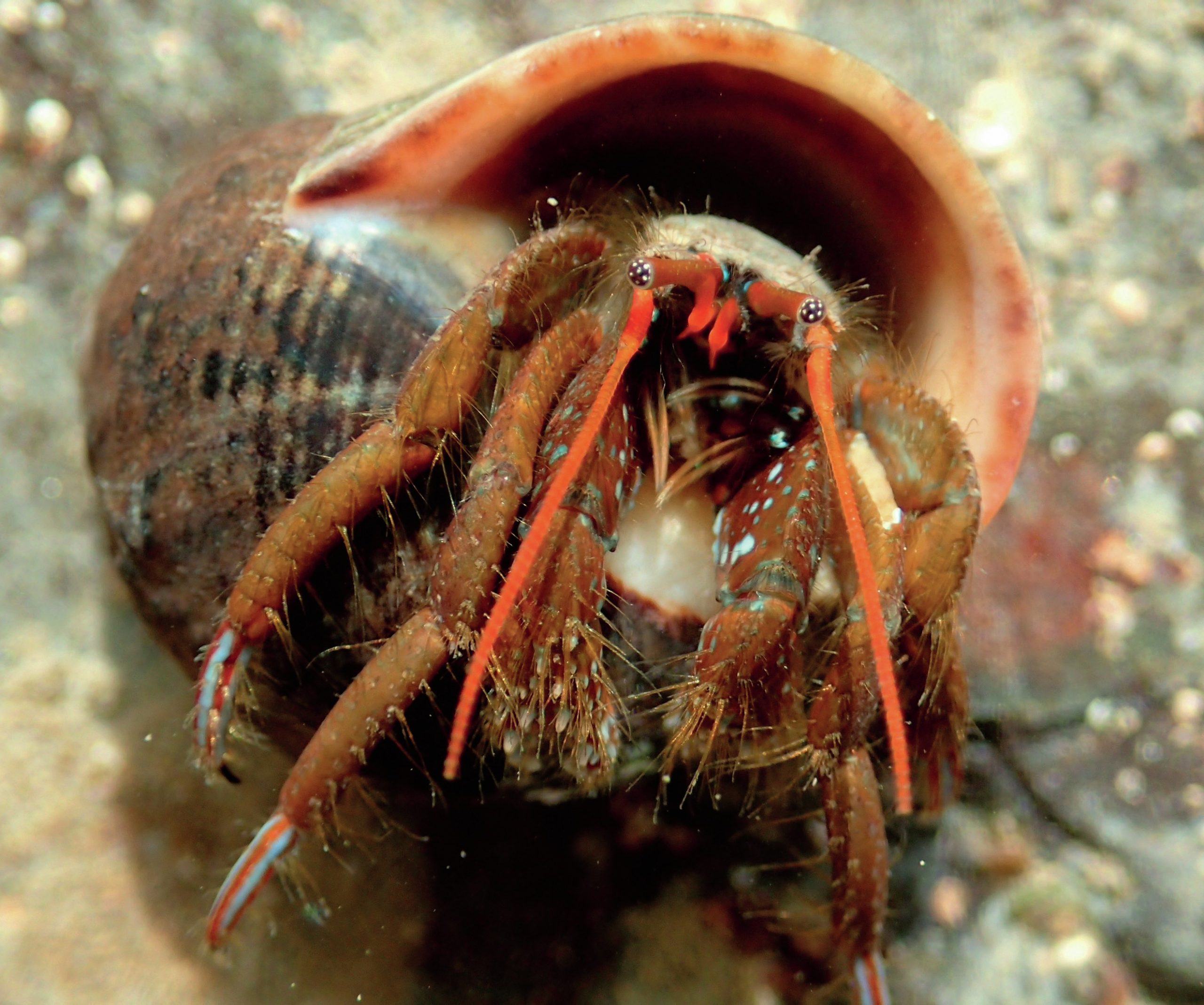
On the north Cornish coast, if you’re lucky and you look carefully, in certain rock pools on certain beaches you might just find a St Piran’s crab, Clibanarius erythropus. This ‘warm’-water hermit crab was first recorded in the southwest of Britain in the 1960s, having migrated from the Mediterranean along the Atlantic coastlines to reach the highest latitude of its range in Cornwall. Unfortunately, in 1967, this rare population was wiped-out following the UK’s largest oil spill in history (see Box 1). It would be another 30 years before it returned to our shoreline.
In February 1967, the SS Torrey Canyon – captained by Pastrengo Rugiati – left Mina, Kuwait, on her final voyage. The super-tanker held a cargo of 119 000 tonnes of crude oil, destined for Milford Haven in Wales. It never arrived. On 18 March 1967, a series of miscommunications and autopilot issues led to disaster. The super-tanker, then 24 km west of Land’s End, struck the Seven Stones reef at full speed. Six of the cargo tanks were punctured, resulting in the leakage of crude oil into the surrounding sea. For weeks the tanker remained on the reef, her cargo leaching into the ocean, contaminating 145 km of Cornish coast, the channel island of Guernsey and the coast of Brittany in France (see Figure 1.1).
Your organisation does not have access to this article.
Sign up today to give your students the edge they need to achieve their best grades with subject expertise
Subscribe




